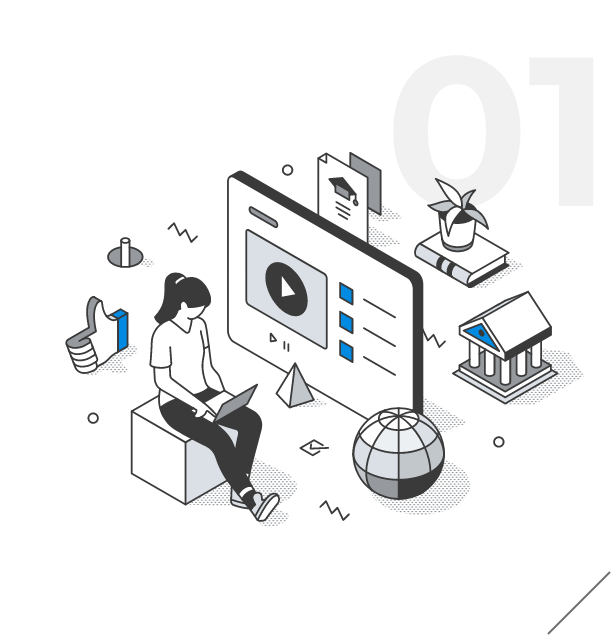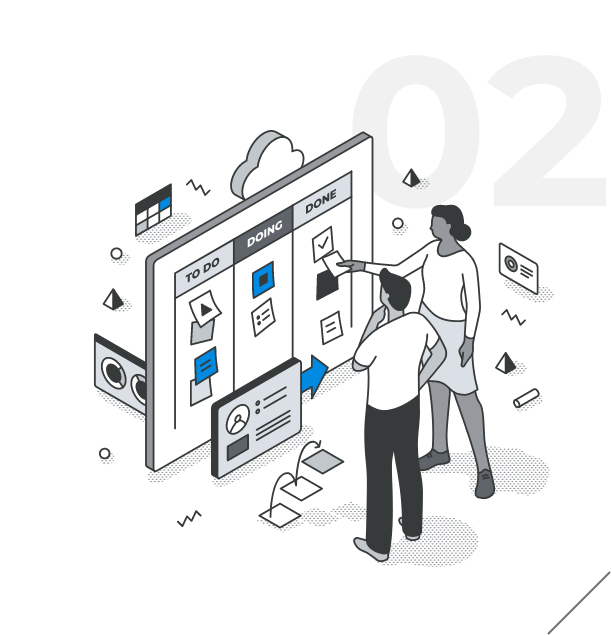SmartBIMStandard
We are releasing Obayashi’s BIM modeling rules!
NEWS
- Mar. 10th, 2025
- Released the MEP content of Obayashi Corporation's BIM rules, 'Smart BIM Standard'
- View Contents >
- Dec. 20th, 2023
- Published a new article “What is LOD required for process management?”.
- Dec. 12th, 2023
- Published a new article “Toward Solving Difficulties”.
BLOG
Latest article
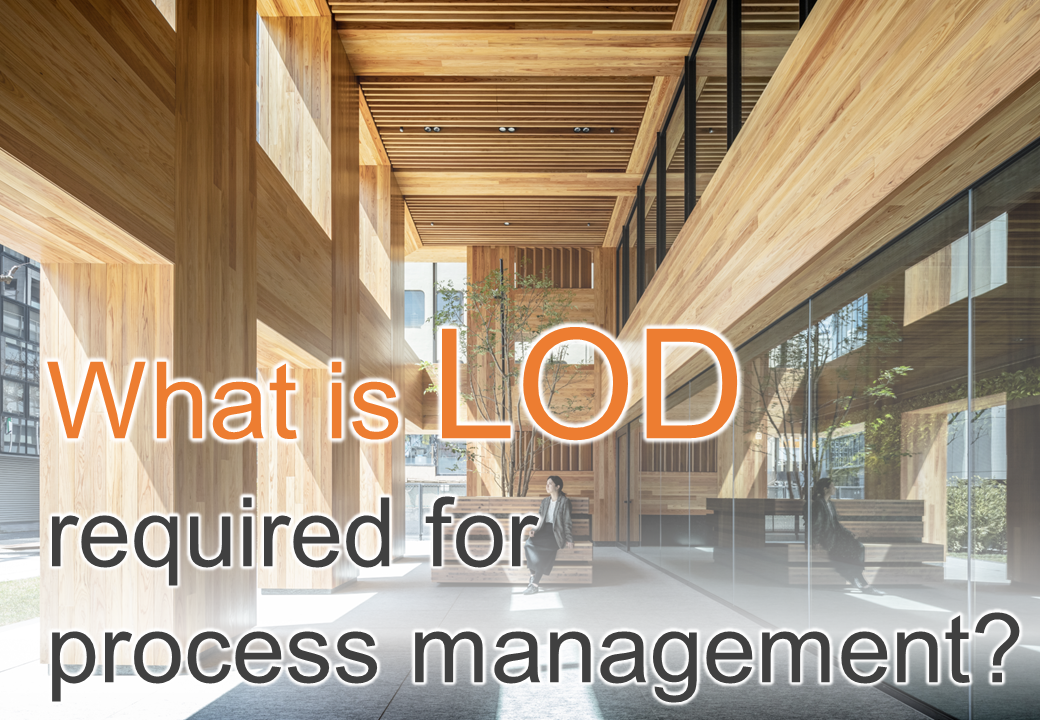
What is LOD required for process management?
In this blog, we will explain how to utilize LOD to manage the BIM modeling process. LOD refers to the terms &...
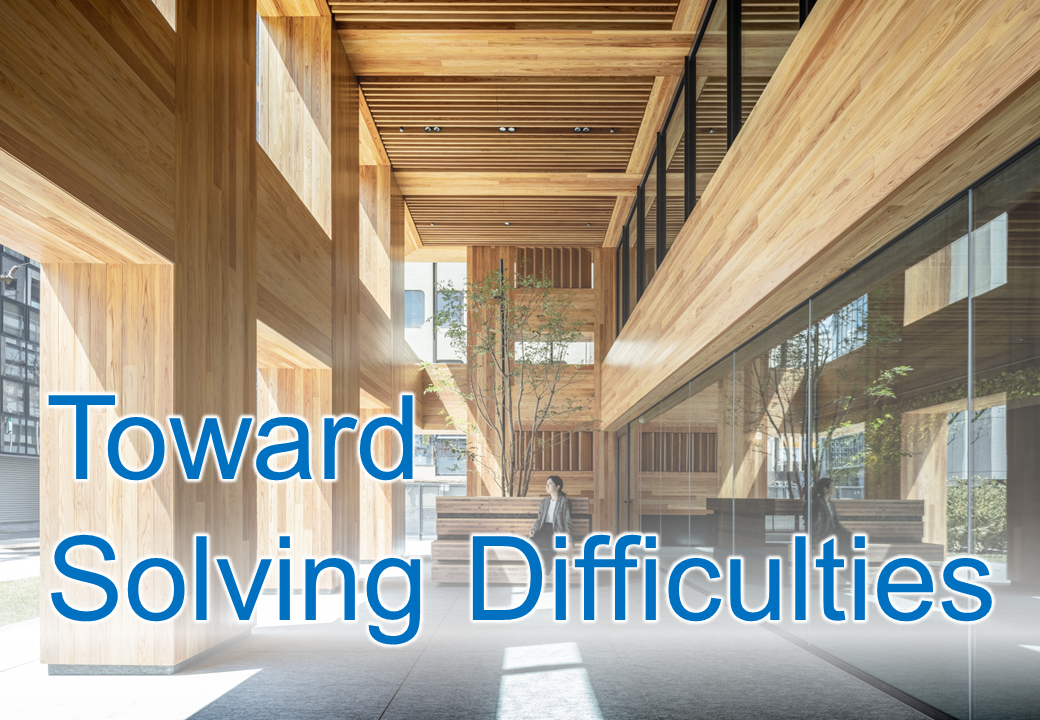
Toward Solving Difficulties
We have pointed out three difficulties in BIM : “there is no know-how in managing the BIM modeling proce...
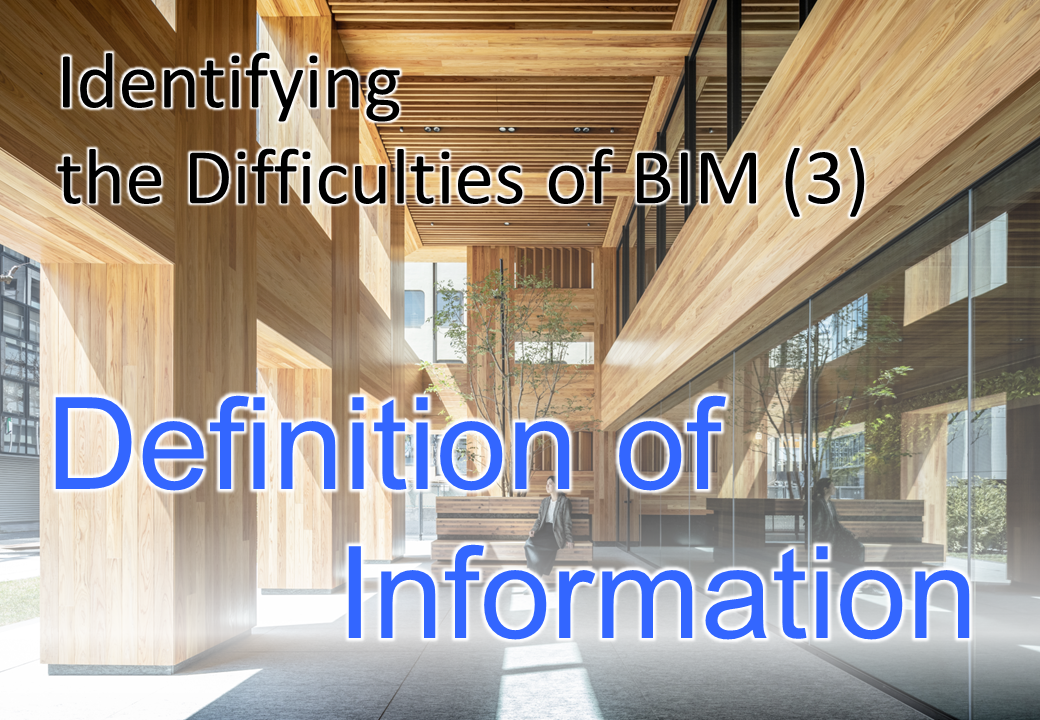
Identifying the Difficulty of BIM (3) – Definition of Information
What information do we want to extract from BIM? To put it in an extreme way, this answer will be nothing but ...
MESSAGE
For your hints to discover the best practices for BIM operations
We, Obayashi Corporation, has decided to release the “Smart BIM Standard”, Obayashi’s BIM modeling
rules.
We started operating the first version of the “Smart BIM Standard” in 2018 and has applied it to BIM
for domestic and overseas construction projects while making a lot of continual improvements.
Although it has been developed as in-house rules, we thought the concept, rule-making methods,
families, and templates that apply it, etc., could be utilized as a reference for various people,
including general contractors and design firms who work on building projects with BIM in the same
way.
However, we do not think that applying Obayashi’s BIM modeling rules as they are would work, since
the situations of BIM operation and execution of building projects are different for each business
operator. We are also aware that if you do not understand the intent of the rules, you will be left
wondering why you need to follow these rules. Therefore, in this release, we aim to have you
understand the concept of the “Smart BIM Standard” and create your rules for your own business
operations with the same concept by referring to our specific families and templates.
For that reason, focusing on Obayashi’s thoughts on BIM and the concept of the “Smart BIM Standard”,
we will express not so much the rules, templates, and families themselves, but the requirements for
them and the thinking that makes them necessary. Families and templates are also kept to the extent
that they can be used as a reference for understanding the concept. If you’re looking for
out-of-the-box, pragmatic concrete rules, families, and templates, you may be disappointed. In
explaining the concept, we take the approach of first digging into the difficulties of BIM and
thinking about how the model should be to solve them. It may feel very roundabout but thank you for
reading.
We hope that it will be a great hint for finding the best practices when you are worried about BIM
operation.
